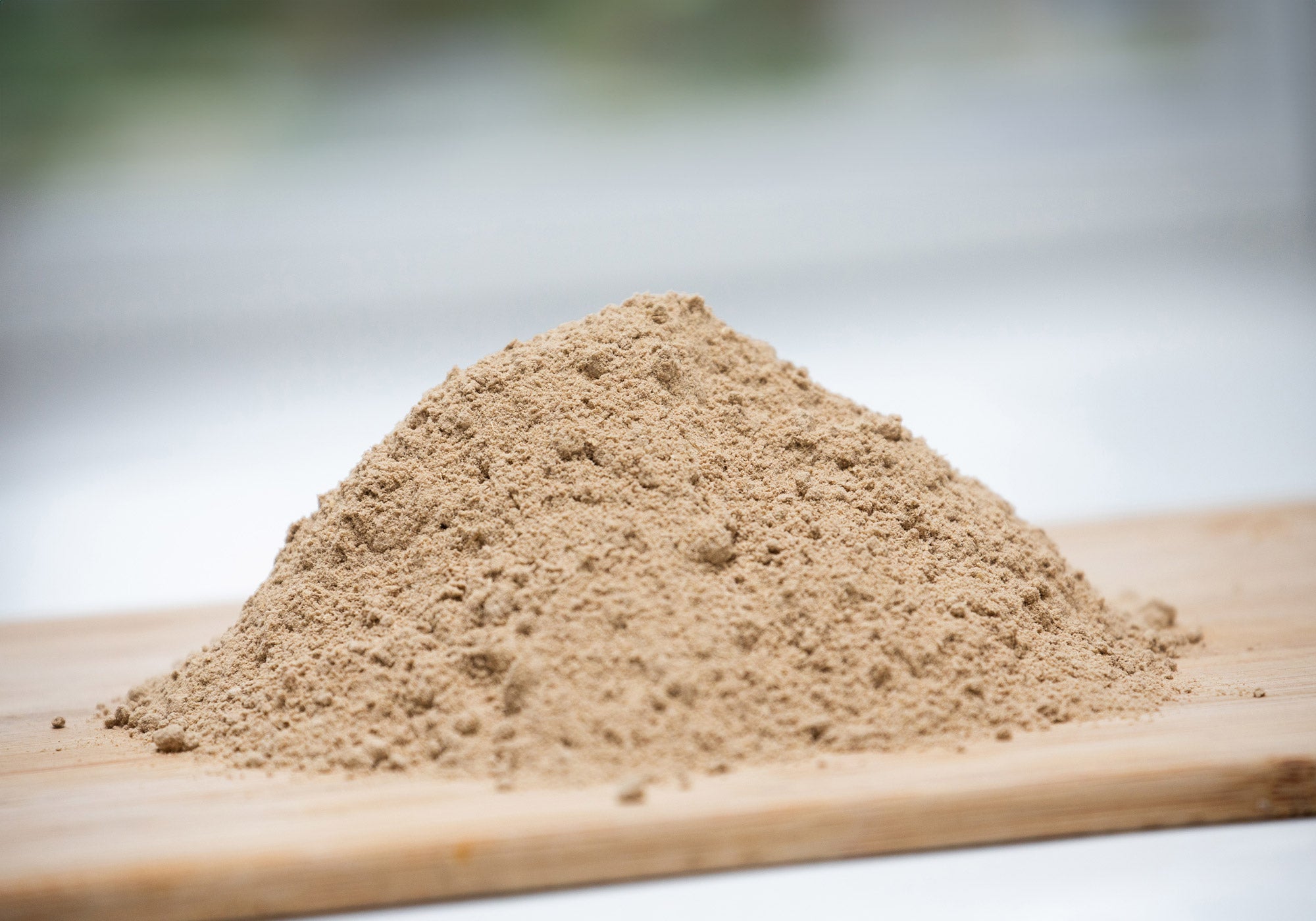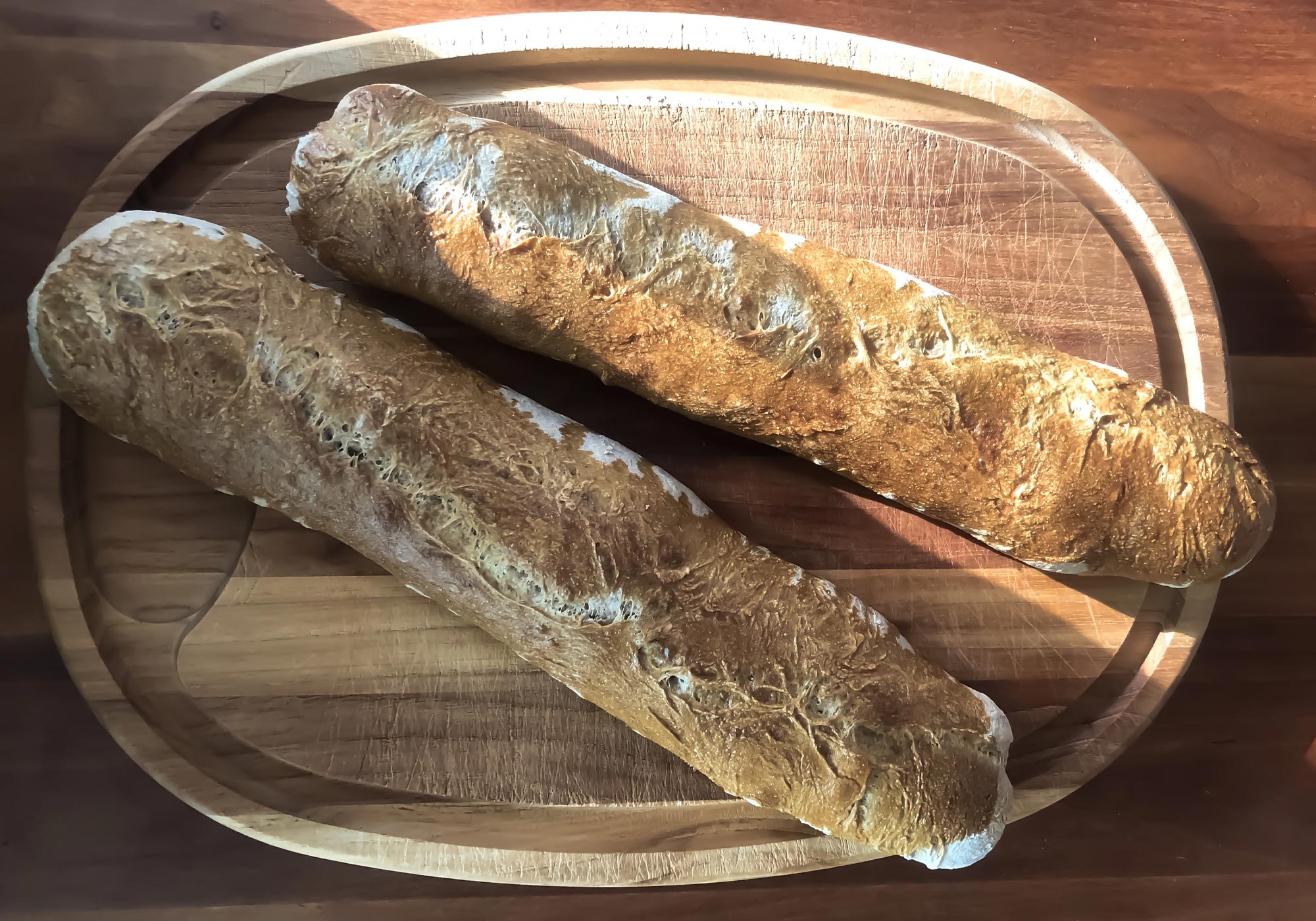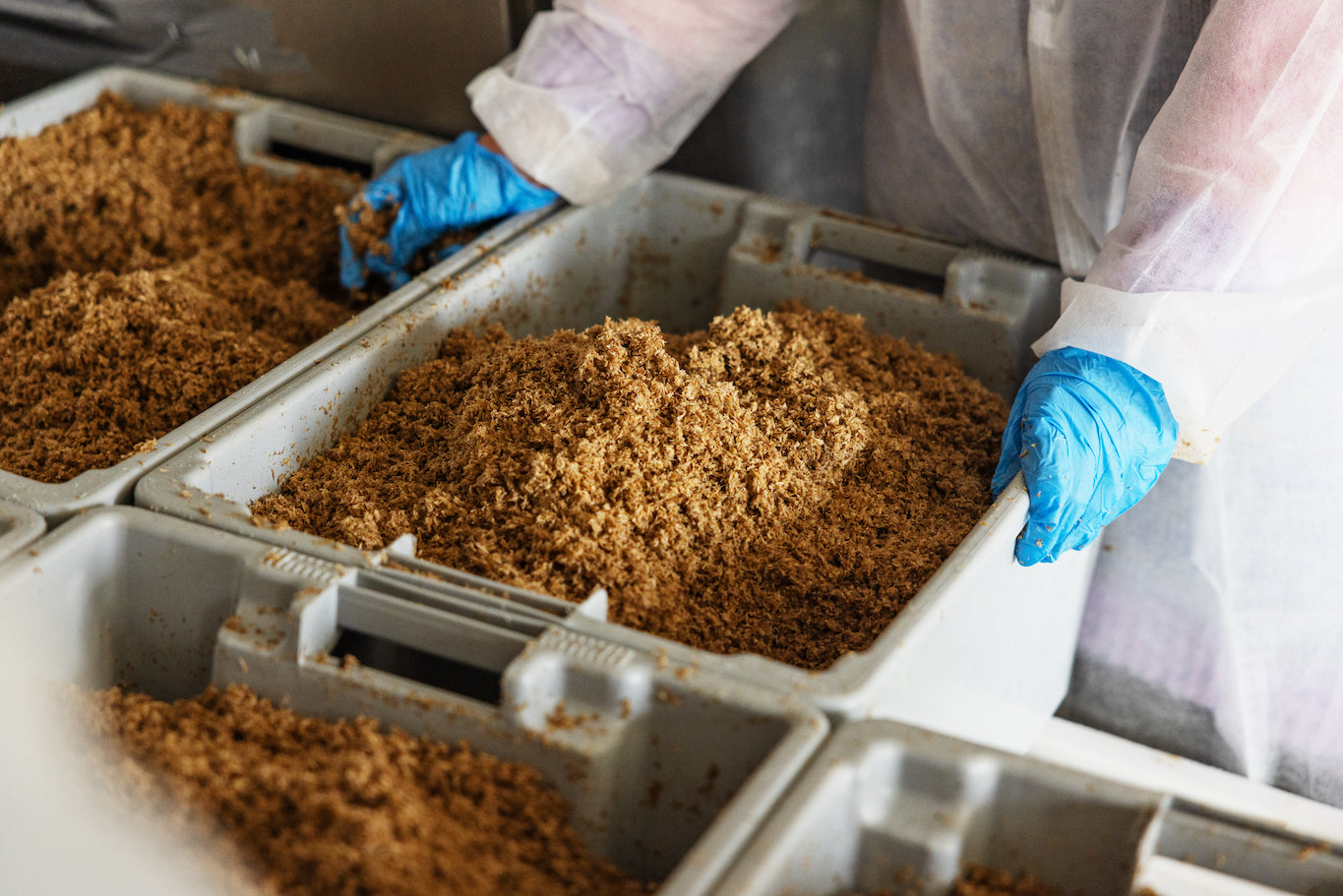Spent Grain vs. Regular Flour: What is the Difference?
By: Sepher Bashari, 04-11-2024
Spent grain flour, made from grains left over after brewing beer, offers a sustainable, nutrient-packed alternative to traditional flours. Let's dive into the key differences in nutrition, environmental impact, and culinary versatility that make spent grain flour an exciting pantry addition.

Nutritional Value: More Than Just Flour
Spent grain flour brings a unique nutritional profile that sets it apart from traditional white and whole wheat flour:
- Fiber Powerhouse: Rich in dietary fiber, spent grain flour supports digestive health, heart wellness, and helps keep you feeling fuller for longer.* Unlike refined white flour, which contains minimal fiber, and even whole wheat flour, which has less fiber, spent grain flour provides a robust fiber boost, ideal for those aiming to increase fiber intake.
- Protein-Rich: Spent grain flour offers a higher protein content than traditional flours, making it beneficial for vegetarians, vegans, and anyone looking to add more plant-based protein to their diet*. This extra protein also contributes to a more satisfying texture in baked goods.
- Low-Carb Option: With a lower carbohydrate content than most regular flours, spent grain flour is a favorable choice for low-carb diets, allowing for nutritious recipes without significantly increasing carb intake.*
- Micronutrient Boost: Spent grain flour is packed with essential minerals like iron, magnesium, and calcium, which support bone health, immune function, and overall well-being**. These micronutrients are often lacking in refined flour, making spent grain flour a nutrient-dense choice for those seeking extra health benefits.

Culinary Uses: Versatile and Flavorful
Spent grain flour is versatile and brings a unique taste and texture to a variety of recipes:
- Baking and Breads: Its high fiber and protein content make spent grain flour an excellent addition to bread, muffins, and cookies. While it may need to be blended with other flours for optimal rising in yeast breads, it imparts a pleasant chewiness and depth of flavor, giving baked goods a hearty character.***
- Enhanced Flavor: Unlike the mild taste of regular flour, spent grain flour has a naturally toasted, nutty flavor from the brewing process. This flavor can add a distinctive twist to brownies, granola bars, and crackers, elevating their taste with a unique malty undertone.
- Perfect for Savory Dishes: Spent grain flour works well in soups as a thickener, as a coating for proteins, and in flatbreads or pizza crusts. Its malty notes pair well with savory recipes, adding a new layer of flavor to familiar dishes.
Environmental Impact:
Upcycled for a Greener Future Spent grain flour is not only nutritious but also offers distinct environmental benefits:
- Food Waste Reduction: The brewing industry generates large amounts of spent grain as a byproduct. Instead of being discarded or solely used as animal feed, upcycling spent grain into flour reduces food waste, transforming what would otherwise be thrown away into a valuable ingredient.
- Lower Carbon Footprint: Producing spent grain flour involves repurposing an existing byproduct, avoiding the energy-intensive processes involved in growing and harvesting new crops solely for flour. This helps conserve resources and reduce greenhouse gas emissions.
- Water Conservation: Brewing requires substantial water use, so utilizing spent grain maximizes this water investment, conserving resources within the food production cycle.
Tips for Using Spent Grain Flour at Home
Due to its higher density and unique flavor, spent grain flour isn’t typically used as a 1:1 substitute for traditional flour. However, it’s an excellent choice for blending with other flours like whole wheat or all-purpose, providing extra flavor and nutrition without overpowering the dish. Start by replacing 10-20% of regular flour in recipes with spent grain flour to find the balance that works best for you.
Conclusion: Why Choose Spent Grain Flour
Switching to spent grain flour is a great way to support sustainability, boost nutrition, and bring new flavors to your kitchen. It’s perfect for eco-conscious eaters, foodies looking to experiment, or anyone wanting to make a positive impact on their food choices.
* Chetrariu A, Dabija A. Spent Grain: A Functional Ingredient for Food Applications. Foods. 2023 Apr 4;12(7):1533. doi: 10.3390/foods12071533. PMID: 37048354; PMCID: PMC10094003.
** Mussatto, S. I., Dragone, G., & Roberto, I. C. (2006). Brewer’s spent grain: generation, characteristics and potential applications. Journal of Cereal Science, 43, 1–14.
*** Fărcaș, A.C., Socaci S.A., and Tofană M. et al. (2014). Nutritional Properties and Volatile Profile of Brewer’s Spent Grain Supplemented Bread, Romanian Biotechnological Letters, Vol. 19, No. 5. 9705-9714.

